Executive processes and heart rate variability (HRV) are supposedly regulated by an integrated inhibitory neurovisceral network mainly coordinated by the prefrontal cortex. Inhibitory control, a core executive function, is demanded by the Stroop task. This study aimed to assess the interaction between electroencephalographic activity and HRV of 50 healthy undergraduate students while performing a computerized version of the Stroop task with three stages (paradigmatic congruent – CS – and incongruent – IS – stages in addition to a stage in which words were phonetically similar to color names – PSS). Behavioral results suggested a Stroop interference effect among the stages, with greater difficulty in IS followed by PSS. A pattern of cortical activation in a frontoparietal gradient with left lateralization and involvement of the prefrontal, temporal and occipital cortices was found especially in IS and PSS, which might be correlated to executive control of behavior, inhibitory control, mental representation of words, preparation of the verbal response, and processing of visual stimuli. Mean power of brain activity (μV) was higher for IS and PSS for all tested frequency oscillations. HRV parameters of SDNN and pNN50 were smaller in PSS compared to the other stages, while rMSSD was higher for CS, suggesting higher mental stress for IS and PSS. During PSS, LF/HF ratio was negatively correlated with EEG power in frontal, central and temporal regions whilst rMSSD was positively correlated with activity in frontal and parietal regions. Therefore, marked prefrontal cortex activity was associated with parasympathetic dominance, which is in line with the integrated inhibitory neural network model. In summation, the execution of the Stroop task required increased recruitment of prefrontal cortical areas and led to high mental stress, but, as it was associated with parasympathetic dominance of HRV control, conflict was solved and subjects behaved successfully.
1.
Introduction and preliminaries
Metric fixed point theory connects three main branches of Mathematics: Functional Analysis, Topology and Applied Mathematics. One of the initial fixed point results was used by Picard [27] in the solution of a certain differential equations. Banach [4] abstracted the idea of the fixed point in the paper of Picard in the framework of normed spaces. Later, Cacciopoli [9] restated the Banach fixed point results in the setting of standard metric space. After Cacciopoli [9], a number of different contractions were defined to extend and generalize the renowned Banach contraction mapping principle in the setting of the complete metric spaces.
Especially in the last two decades, numerous articles have been published on metric fixed point theory. On the one hand, this is pleasing for the advances of the theory, on the other hand, such intense interest has caused a lot of trouble. For instance, we have seen that the generalizations obtained in some publications are either equivalent to an existing theorem or simply a consequence of it. As a clearer example, we may consider the publications of the fixed point theorem in the setting of the cone metric spaces that emerged after 2007. It was noticed that published fixed point results, in the context of cone metric spaces, can be converted into their standard versions by using the scalarization function (see e.g. [11] and related references there in). Likewise, it was proved that the published fixed point results in the setting of the G-metric proved are equivalent to the corresponding version of fixed point theorem in the framework of the quasi-metrics, see e.g [32]. In this case, it has become a very necessary need to examine the newly obtained results and to classify the equivalent ones. One of the best examples of this is Proinov's [29] article. He observed that several recently published fixed point results were the consequence of Skof Theorem and he generalized the main result of Skof [31].
In this paper, we combine the outstanding results of Proinov [29] and Górnicki [12] in a more general setting, in quasi-metric spaces. Consequently, the obtained results cover several existing results in this direction see e.g. [1,2,3,5,10,15,18,19,20,21,22,23,24,25,30]. First, we recall basic notations and fundamental results.
Definition 1. [28] Let X be a non-empty set and α:X×X→[0,∞) be a function. We say that a mapping f:X→X is
● α-orbital admissible (αo.a) if
for any z,v∈X,
● triangular α-orbital admissible (αt.o.a) if it is α-orbital admissible and
for any z,v∈X.
Lemma 1. [28] Suppose that f:X→X is an triangular α-orbital admissible function and zm=fzm−1,m∈N. If there exists z0∈X such that α(z0,fz0)≥1, then we have
Let P={ψ|ψ:(0,∞)→R}. For two functions ψ,φ∈P we consider the following axioms:
(A1) φ(t)<ψ(t) for any t>0;
(A2) ψ is nondecreasing;
(A3) lim supt→e+φ(t)<ψ(e+) for any e>0;
(A4) inft>eψ(t)>−∞ for any e;
(A5) lim supt→e+φ(t)<lim inft→eψ(t) or lim supt→eφ(t)<lim inft→e+ψ(t) for any e>0;
(A6) lim supt→0+φ(t)<lim inft→eψ(t) for any e>0;
(A7) if the sequences (ψ(tn)) and (φ(tn)) are convergent with the same limit and (ψ(tn)) is strictly decreasing then tn→0 as n→∞.
Theorem 1. [Theorem 3.6., [29]] Let (X,d) be a complete metric space, ψ,φ∈P and f:X→X be a mapping such that
for all z,v∈X with d(fz,fv)>0. If the assumptions (A1), (A2), (A3) are satisfied then f admits a unique fixed point.
Theorem 2. [Theorem 3.7., [29]] Let ψ,φ∈P be two functions satisfying (A1), (A4), (A5), (A6), (A7). On a complete metric space (X,d) a mapping f:X→X has a unique fixed point provided that
for all z,v∈X with q(fz,fv)>0.
Let f be a self-mapping on a metric space (X,d), z∈X, {fnz} be the Picard sequence and the set O(f,z):={fnz:n=0,1,2,...}.
Definition 2. [12] The mapping f:X→X is said to be asymptotically regular at a point z∈X if
Moreover, if f is asymptotically regular at each point of X it is called asymptotically regular.
Theorem 3. [Theorem 2.6., [12]] Let (X,d) be a complete metric space and f :X→X be a continuous asymptotically regular mapping. Then f has a unique fixed point if there exist 0≤c<1 and 0≤K<+∞ such that
for all z,v∈X.
Definition 3. [7], [26] We say that the mapping f:X→X is:
(c.o.) orbitally continuous at a point w∈X if for any sequence {zn} in O(f,z) for some z∈X, limn→∞d(zn,w)=0 implies limn→∞d(fzn,fw)=0.
(c.r.) r-continuous at a point w∈X (r=1,2,3,...) if for any sequence {zn} in X limn→∞d(fr−1zn,w)=0 implies limn→∞d(frzn,fw)=0.
Remark 1. As it was shown in [26], for the case r>1, the continuity of fr and the r-continuity of f are independent conditions.
Theorem 4. [Theorem 8., [6]] On a complete metric space (X,d) let f:X→X a mapping such that there exist 0≤c<1 and 0≤K<+∞ such that
for all z,v∈X. Then, f possesses a unique fixed point if f is either r-continuous for r≥1, or orbitally continuous.
Theorem 5. [Theorem 9., [13]] Let (X,d) be a complete metric space and f:X→X be an asymptotically regular mapping. Suppose that there exist ψ:[0,∞)→[0,∞) and 0≤K<∞ such that
for all z,v∈X. Suppose also that:
(i) φ(t)<t for all t>0 and φ is upper semi-continuous;
(ii) either f is orbitally continuous or f is r-continuous for r≥1.
Then, f possesses a unique fixed point z∗∈X and for each z∈X, fnz→z∗ as n→∞.
Theorem 6. [Theorem 8., [13]] Let (X,d) be a complete metric space and f:X→X be an (a.r.) mapping such that there exist ς:[0,∞)→[0,1) and 0≤K<∞ such that
for all z,v∈X. Suppose that:
(i) ς(tn)→1⇒tn→0;
(ii) either f is orbitally continuous or f is r-continuous for r≥1.
Then, f has a unique fixed point z∗∈X and for each z∈X, fnz→z∗ as n→∞.
A different, but interesting extension of the contraction mapping was given by Istrăţescu. We recall here this interesting result.
Theorem 7. [14] (Istrăţescu's fixed point theorem) On a complete metric space (X,d), a map f:X→X is a Picard operator provided that there exists c1,c2∈(0,1) such that
for all z,v∈X.
Definition 4. Let X be a non-empty set and q:X×X→R+0 be a function. We say that q is a quasi-metric if the followings are held:
(q1) q(z,v)=q(v,z)=0⇔z=v;
(q2) q(z,v)≤q(z,y)+q(y,v), for all z,v,y∈X.
In this case, the pair (X,q) forms a quasi-metric space.
Of course, each metric is a quasi-metric, but the converse is not necessarily true. For example, the functions ql,qr:R×R→R+0, where ql(z,v)=max{z−v,0} and qr(z,v)=max{v−z,0} define quasi-metrics but not metrics. However, starting with ql,qr, a standard metric can be defined as follows d(z,v):=max{ql(z,v),qr(v,z)}.
Definition 5. A sequence {zm} in a quasi-metric space (X,q) is
(i) convergent to z∈X if
(ii) left-Cauchy if for every ϵ>0 there exists a positive integer p=p(ϵ) such that q(zn,zm)<ϵ for all n≥m>p;
(iii) right-Cauchy if for every ϵ>0 there exists a positive integer p=p(ϵ) such that q(zn,zm)<ϵ for all m≥n>p.
(iv) Cauchy if for every ϵ>0 there is a positive integer p=p(ϵ) such that q(zn,zm)<ϵ for all m,n>p.
Remark 2. 1. The limit for a convergent sequence is unique; if zn→z, we have for all z∈X.
2. The sequence {zm} is a Cauchy sequence if and only if it is left-Cauchy and right-Cauchy.
A quasi-metric space (X,q) is said to be left-complete (respectively, right-complete, complete) if each left-Cauchy sequence (respectively, right-Cauchy sequence, Cauchy sequence) in X is convergent.
Definition 6. Suppose that (X,q) is a quasi-metric space, f is a self-mapping on X. Let {zm} be a sequence in X and z∈X. We say that f is
(i) left-continuous if q(fz,fzm)→0 whenever q(z,zm)→0;
(ii) right-continuous if q(fzm,fz)→0 whenever q(zm,z)→0;
(iii) continuous if {fzm}→fz whenever {zm}→z.
Definition 7. We say that a quasi-metric space (X,q) is δ-symmetric if there exists a positive real number δ>0 such that
Remark 3. When δ=1, the δ-symmetric quasi-metric space (X,q) is a metric space.
Example 1. Let X=R be a non-empty set and d:X×X→R+0 be a distance on X. Let q:X×X→R+0 be the quasi-metric, defined by
The space (X,q) is not a metric space, but it is a 2-symmetric quasi-metric space.
The main properties of δ-symmetric quasi-metric spaces are recall in what follows.
Lemma 2. (See e.g. [18]) Let {zm} be a sequence on a δ-symmetric quasi-metric space (X,q). It holds:
(i) {zm} right-converges to z∈X ⇔ {zm} left-converges to z ⇔ {zm} converges to z.
(ii) {zm} is right-Cauchy ⇔ {zm} is left-Cauchy ⇔ {zm} is Cauchy.
(iii) If {vm} is a sequence in X and q(zm,vm)→0 then q(vm,zm)→0.
We conclude this section by proving the following crucial Lemma.
Lemma 3. Let (zm) be a sequence on a δ-symmetric quasi-metric space (X,q) such that limm→∞q(zm,zm+1)=0. If the sequence (zm) is not right-Cauchy (R-C), then there exist e>0 and two subsequences {zml}, {z pl} of {zm} such that
Proof. First of all, since the space is δ-symmetric quasi-metric, there exists δ>0 such that 0≤q(zm+1,zm)≤δ⋅q(zm,zm+1). Therefore, limm→∞q(zm+1,zm)=0. Moreover, since the sequence {zm} is not right-Cauchy, we can find e>0 and build the subsequences {zml}, {znl} of {zm} such that
Thus, by using (q2), we have
Letting l→∞ and keeping in mind limm→∞q(zm,zm+1)=0 we get
Moreover,
and letting l→∞ we get liml→∞q(zml+1,z pl)=e. On the other hand, since
we have liml→∞q(zml,z pl)=e and from the inequality
it follows that, also, liml→∞q(zml,zpl+1)=e.
Remark 4. Let (X,q) be a δ-symetric quasi-metric space and f:X→X be an asymptotically regular mapping. Thus, from (1.3) together with (1.7) we have
for any z∈X.
2.
Main results
Let (X,q) be a δ-symmetric quasi-metric space and the function α:X×X→[0,∞). Regarding to the α function, we denote by (I) the following statement,
(I) α(z,v)≥1, for all z,v∈FixXf={z∈X:fz=z}
Definition 8. Let (X,q) be a δ-symmetric quasi-metric space, the functions ψ,φ:(0,∞)→R and α:X×X→[0,∞). We say that an asymptotically regular mapping f:X→X is a generalized (α-ψ-φ)-contraction if we can find 0≤C<∞ such that
for each z,v∈X with q(fz,fv)>0.
Theorem 8. On a complete δ-symmetric quasi-metric space (X,q) a generalized (α-ψ-φ)-contraction f:X→X admits a fixed point provided that
(1) f is triangular α-orbital admissible and there exists z0∈X such that α(z0,fz0)≥1;
(2) ψ,φ∈P satisfy (A1) and (A5);
(3) either f is orbitally continuous or f is r-continuous for some r≥1.
If we supplementary add the assumption (I), the uniqueness of the fixed point is ensured.
Proof. By assumption, there exists a point z0∈X such that α(z0,fz0)≥1 and α(fz0,z0)≥1. Let {xn}⊂X be the sequence defined as
where zm≠zm+1, for any m∈N (since on the contrary, if we can find n0∈N such that fzn0=zn0+1=zn0 then zn0 is a fixed point of f). Thus, taking into account the fact that f is αt.o.a admissible and the Lemma 1 we have
We shall prove that the sequence {zm} is Cauchy. Supposing the contrary, by Lemma 3, there exist a strictly positive number e and two subsequences {zml} and {z pl} such that (1.8) hold. Replacing z=zml and v=z pl in (2.1), and keeping (2.3) in mind we get
Letting sl=q(zml+1,zpl+1) and tl=max{q(zml,z p l),q(zm l,zpl +1)+q(zm l+1,z p l)2} and taking into account (a1), the above inequality becomes
But, on the one hand, by Lemma 1,
and on the other hand, since the mapping f is supposed to be asymptotically regular, letting l→∞ in the inequality (2.4) we get
which contradicts the assumption (A5). Thus, liml→∞q(zml,z pl)=0, for any n≥1, that is, the sequence {zl} is right-Cauchy and moreover, from Lemma 2, it is a Cauchy sequence.
Thus, since the space (X,q) is complete, we can find z∗ such that
and we shall show that z∗ is in fact a fixed point of f. Using the first part of the assumption (3), that is, f is orbitally continuous, since {zn}∈O(f,z) and zn→z∗ we have zn+1=fzn→fz∗ as n→∞. The uniqueness of the limit gives fz∗=z∗.
If we assume that the second assumption of (3) holds, that is f is r-continuous, by (2.5) for some r≥1, we have limn→∞fr−1zn=z∗ which implies limn→∞frzn=fz∗ (because f is r-continuous). Therefore, by uniqueness of the limit we have fz∗=z∗.
Now, if we can find another point v∗∈X with z∗≠v∗ such that fv∗=v∗, z∗=fz∗, from (2.1), keeping in mind (A1) and the condition (I) we get
This is a contradiction. Thus, z∗=v∗.
Corollary 1. On a complete δ-symmetric quasi-metric space (X,q), let f : X→X be an asymptotically regular mapping. Suppose that there exists 0≤C<∞ such that
for each z,v∈X with q(fz,fv)>0. Suppose also that:
(1) ψ,φ∈P satisfy (A1) and (A5);
(2) either f is orbitally continuous or f is r-continuous for some r≥1.
Then f admits a unique fixed point.
Proof. Put α(z,v)=0 in Theorem 8.
Corollary 2. On a complete δ-symmetric quasi-metric space (X,q), let f : X→X be an asymptotically regular mapping such that
for each z,v∈X with q(fz,fv)>0. Suppose also that:
(1) ψ,φ∈P satisfy (A1) and (A5);
(2) either f is orbitally continuous or f is r-continuous for some r≥1.
Then f admits a unique fixed point.
Proof. Put C=0 in Corollary 1.
Example 2. Let X=R and the 2 symmetric-quasi-metric q:X×X→[0,∞) defined by
Let the mapping f:X→X, where
Let α:X×X→[0,∞) defined by
and we choose the functions ψ,φ∈P, with ψ(t)=t and φ(t)=t1+t2 for each t>0.
Because it is easily to see that the assumptions (1)-(3) from the Theorem 8 are satisfied, we shall show that the mapping f satisfy the inequality (2.1). The next cases should be check.
(c1) If z,v≥0, z>v then fz=z1+z, fv=v1+v and q(z,v)=2|z−v|=2(z−v), q(fz,fv)=2(z−v)(z+1)(v+1). Thus,
(c2) If z,v<−1, then fz=fv=0, so q(fz,fv)=0.
(c3) If z=−1 and v=0 then q(−1,0)=1, q(f(−1),f0)=q(−12,0)=12, q(−1,f(−1))=q(−1,−12)=12, q(0,f0)=0. Therefore,
where we put C=4.
(All other cases are non-interesting, since α(z,v)=0.)
Thus, z=0 is the unique fixed point of f.
In the following, inspired by Istrăţescu's results, we consider a new type of generalized (α-ψ-φ)-contractions and list some useful consequences.
Definition 9. Let (X,q) be a δ-symmetric quasi-metric space, the functions ψ,φ:(0,∞)→R and α:X×X→[0,∞). A mapping f:X→X is said to be generalized-Istrăţescu (α-ψ-φ)-contraction if it is asymptotically regular and there is 0≤C<∞ such that
for each z,v∈X with q(f2z,f2v)>0.
Theorem 9. On a complete δ-symmetric quasi metric space (X,q) a generalized-Istrăţescu (α-ψ-φ)-contraction f : X→X admits a fixed point provided that
(1) f is triangular α-orbital admissible and there exists z0∈X such that α(z0,fz0)≥1;
(2) ψ,φ∈P satisfy (A1), (A2) and (A3);
(3) either f is orbitally continuous or f is r-continuous for some r≥1.
Besides, if property (I) is added, the fixed point of f is unique.
Proof. Let z0∈X and the sequence {zm} be defined by (2.2). Supposing that it is not a (left) Cauchy sequence, by Lemma 3 we can find two subsequences {zml}, respectively {zml} and a strictly positive real number e such that the equalities (1.8) hold. On the other hand, taking Lemma 1 into account, from (2.8) we have
where
Also, by (q2) we have
Letting l→∞ and keeping in mind (1.9) and (1.8), we get
Taking into account (A1), by (2.9) and from the monotonicity of ψ it follows
Taking the limit in the above inequality,
This contradicts the assumption (A3). Thus, limm,p→∞q(zm,zp)=0, for all m,p∈N, m<p and the sequence {zm} is right-Cauchy, so that it is Cauchy sequence (by Lemma 1) on a complete δ-symmetric quasi-metric space. So, there exists a point z∗∈X such that zm→z∗, as m→∞. Using the third assumption, as in Theorem 2.1, we easily can see that fz∗=z∗. To prove the uniqueness, we can assume that there exists another point v∗, different by z∗, such that fv∗=v∗. Taking into account the condition U, that is α(z∗,v∗)≤1, form (2.8) it follows
which is a contradiction. Therefore, z∗ is the unique fixed point of f.
Corollary 3. On a complete δ-symmetric quasi metric space (X,q) let f:X→X be an (a.r.) mapping such that there exists 0≤C<∞ such that
for each z,v∈X with q(f2z,f2v)>0. The mapping f has a unique fixed point provided that
(1) ψ,φ∈P satisfy (A1), (A2) and (A3);
(2) either f is orbitally continuous or f is r-continuous for some r≥1.
Proof. Put α(z,v)=1 in Theorem 9.
Corollary 4. On a complete δ-symmetric quasi metric space (X,q) let f:X→X be an asymptotically regular mapping such that there exists 0≤C<∞ such that
for each z,v∈X with q(f2z,f2v)>0. The mapping f has a unique fixed point provided that
(1) ψ,φ∈P satisfy (A1), (A2) and (A3);
(2) either f is orbitally continuous or f is r-continuous for some r≥1..
Proof. Put C=0 in Corollary 3.
Theorem 10. On a complete δ-symmetric quasi metric space (X,q) let f:X→X be a mapping such that
for all z,v∈X with q(fz,fv)>0 and q(f2z,f2v)>0, where
ψ,φ∈P, α:X×X→[0,∞) and 0≤C<∞. Suppose that:
(1) f is triangular α-orbital admissible and there exists z0∈X such that α(z0,fz0)≥1;
(2) the functions ψ,φ satisfy (A1), (A2) and (A3);
(3) either f is continuous, or
(4) f2 is continuous and α(fz,z)≥1, α(z,fz)≥1 for any z∈Fixf2(X)
Then f has a fixed point.
Besides, if property (I) is added, the fixed point of f is unique.
Proof. Let z0∈X, such that α(z0,fz0)≥1 and {zm} be a sequence in X, where zm=fzm−1=fmz0, for m∈N. Since f is triangular α-orbital admissible and, by Lemma 3, α(zm,zm−1)≥1 and letting z=zm−1, v=zm in (2.14) we have
for any m∈N, where
Taking into account (A1), the inequality (2.15) becomes
and from (A2) we get
which implies q(zm+1,zm+2)<q(zm,zm+1), for m∈N. Therefore, the sequence {q(zm,zm+1)} is strictly decreasing and bounded, that is convergent to a point d0≤0. If we suppose that d0>0, letting m→∞ in the first part of (2.16), we have
This contradicts the assumption (A3). Therefore, 0=d0=limm→∞q(zm,zm+1) and since the space (X,q) is δ-symmetric, there exists δ>0 such that
Taking the limit as m→∞ in the above inequality and using the Sandwich Lemma, it follows
Assume now, that the sequence {zm} is not Cauchy. Thus, by Lemma 3, there exists e>0 such that (1.8) hold, where {zml}, {z pl} are two subsequences of {zm}. Now, since
we have
On the other hand, for z=zml and v=z pl we have
and taking into account (1.8) and (2.18), we get
Moreover, applying (2.14) for z=zml, v=z pl and taking Lemma 1 into account, together with (A2), we have
Taking the limit as l→∞ in the above inequality, we get
which contradicts (A3). Consequently, e=0, so that the sequence {zm} is right Cauchy and from Lemma 2 it is a Cauchy sequence on a complete quasi-metric space. So, there exists z∗∈X such that limm→∞zm=z∗.
Further, assuming that (3) holds, it follows that
and then z is a fixed point of f.
Assuming that (4) holds, we derive limm→∞q(zm,f2z)=limm→∞q(f2zm−2,f2z)=0 and due to the uniqueness of the limit for a convergent sequence, we conclude that z∗ is a fixed point of f2. Using the method of Reductio ad absurdum, we shall show that z∗ is a fixed point of f. Presuming that fz∗≠z∗, from (2.14) and keeping in mind the second part of (4),
where
Thereupon, by (2.19) together with (2) we have
In the same way, we have
where
and so
In conclusion, from (2.20) and (2.22) we have
which is a contradiction. Therefore, fz∗=z∗, which shows that z∗ is a fixed point of f.
We claim that this is the only fixed point of f. Indeed, supposing that there exists another point v∗∈Fixf(X), such that v∗≠z∗, by using the condition I,
with
Thus, from (2.23) together with the hypothesis (1), we get
Similarly, since
we have
Combining (2.24) with (2.25) we have
which is a contradiction. Consequently, the fixed point of f is unique.
Example 3. Let X=[−1,+∞) and the 2-symmetric quasi-metric q:X×X→[0,+∞), q(z,v)={2(z−v), for z≥vv−z, otherwise . Let the mapping f:X→X, with
First of all, we can easily see that f is not continuous, instead
it is a continuous mapping. Let the function α:X×X→[0,+∞),
and ψ,φ∈P, ψ(t)=et, φ(t)=t+1, for every t>0. With these choices, the assumptions (1), (2) and (4) from Theorem 9 are satisfied and we have to check the that the inequality (2.8) holds for every z,v∈X, with min{q(fz,fv),q(f2z,f2v)}>0. Thus, due to the definition of the function α, the only interesting case is when z=2 and v=1. We have:
and
Therefore, the assumptions of Theorem 10 hold, so that the mapping f admits a unique fixed point, that is z=√64.
Corollary 5. On a complete δ-symmetric quasi metric space (X,q), let f:X→X be a mapping such that
for all z,v∈X with q(fz,fv)>0 and q(f2z,f2v)>0, where
with ψ,φ∈P. Suppose that:
(1) the functions ψ,φ satisfy (A1), (A2) and (A3);
(3) either f is continuous, or
(4) f2 is continuous.
Then f has a unique fixed point.
Proof. Put α(z,v)=1 in Theorem 10.
Corollary 6. On a complete δ-symmetric quasi metric space (X,q), let f :X→X be a mapping such that
for all z,v∈X with q(fz,fv)>0 and q(f2z,f2v)>0, where
with ψ,φ∈P. Suppose that:
(1) the functions ψ,φ satisfy (A1), (A2) and (A3);
(3) either f is continuous, or
(4) f2 is continuous.
Then f has a unique fixed point.
Proof. Put C=0 in Corollary 5.
3.
Conclusions
In this paper, we presented very general results on the uniqueness and existence of a fixed point of Górnicki-Proinov type contraction in the context of quasi-metric spaces. As one can easily see, several consequences of our obtained results can be stated by simply choosing different expression for functions ψ and φ. One of the essential details in this work is the inclusion of admissible function as an auxiliary function in the contraction inequality. This auxiliary function which may seem insignificant plays a vital role in combining several existing results that appear far apart in a shrinkage inequality. More precisely, some results in the framework of cyclic contractions and the results in the framework of partially ordered sets as well as the standard results can be formulated via admissible mappings. This leads to unify the distinct trends in research of the metric fixed point. In particular, if the admissible mapping is equal to 1, then the unification formula yields the standard results (more specific details can be found, e.g. [17]). Consequently, the usefulness of the work presented can be seen more easily. For further generalizations, this approach can be used in different abstract spaces.
Acknowledgments
The authors appreciate the anonymous referees for their sage comments, guidance, and phenomenal suggestions that advance the paper's quality.
The first author would like to thank Taif University Researchers supporting Project number (TURSP-2020/159), Taif University-Saudi Arabia.











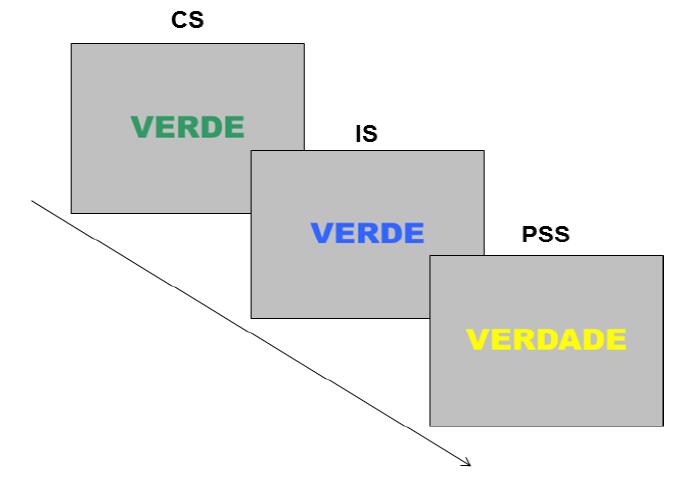
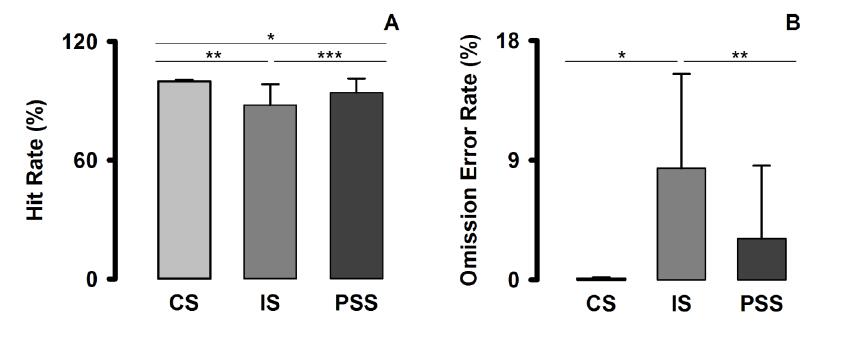
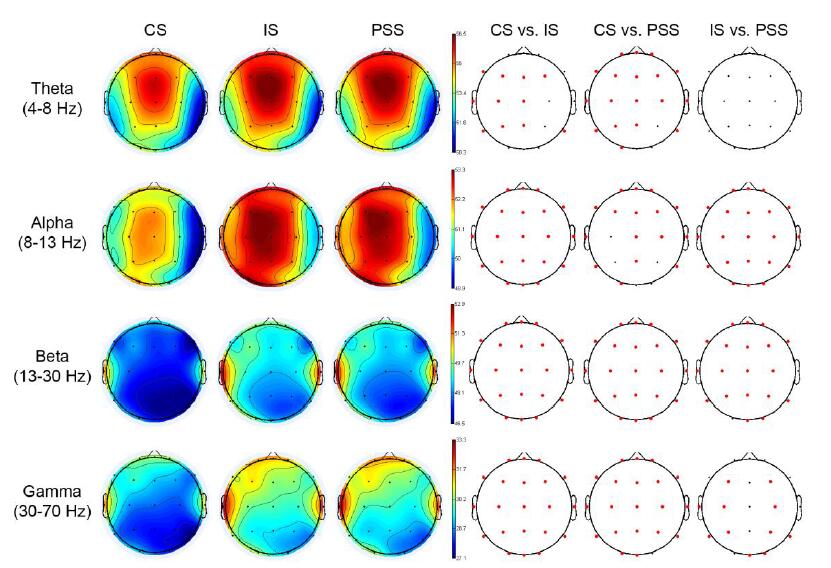
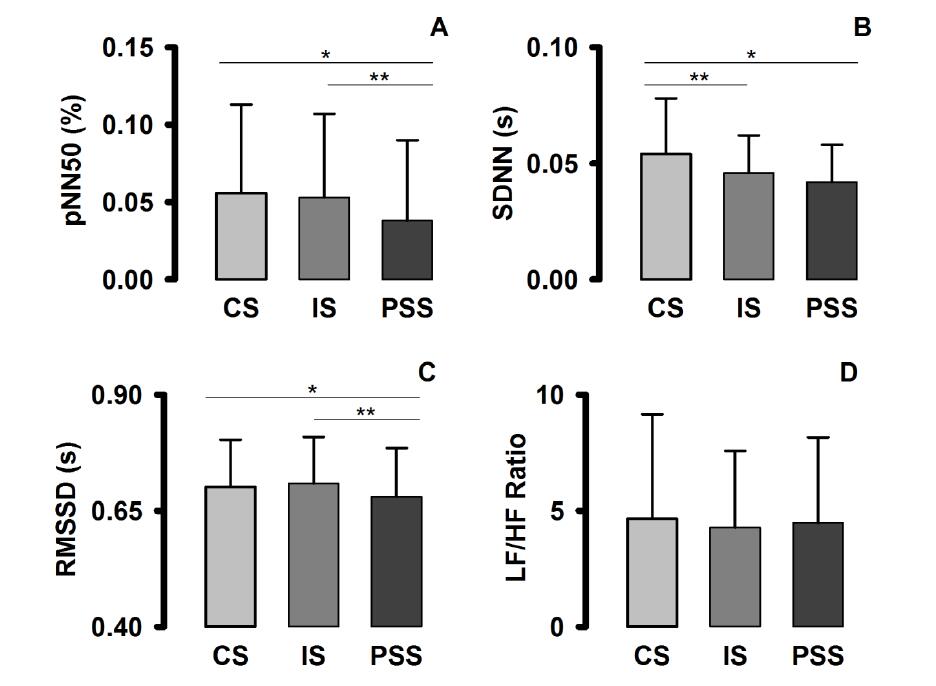
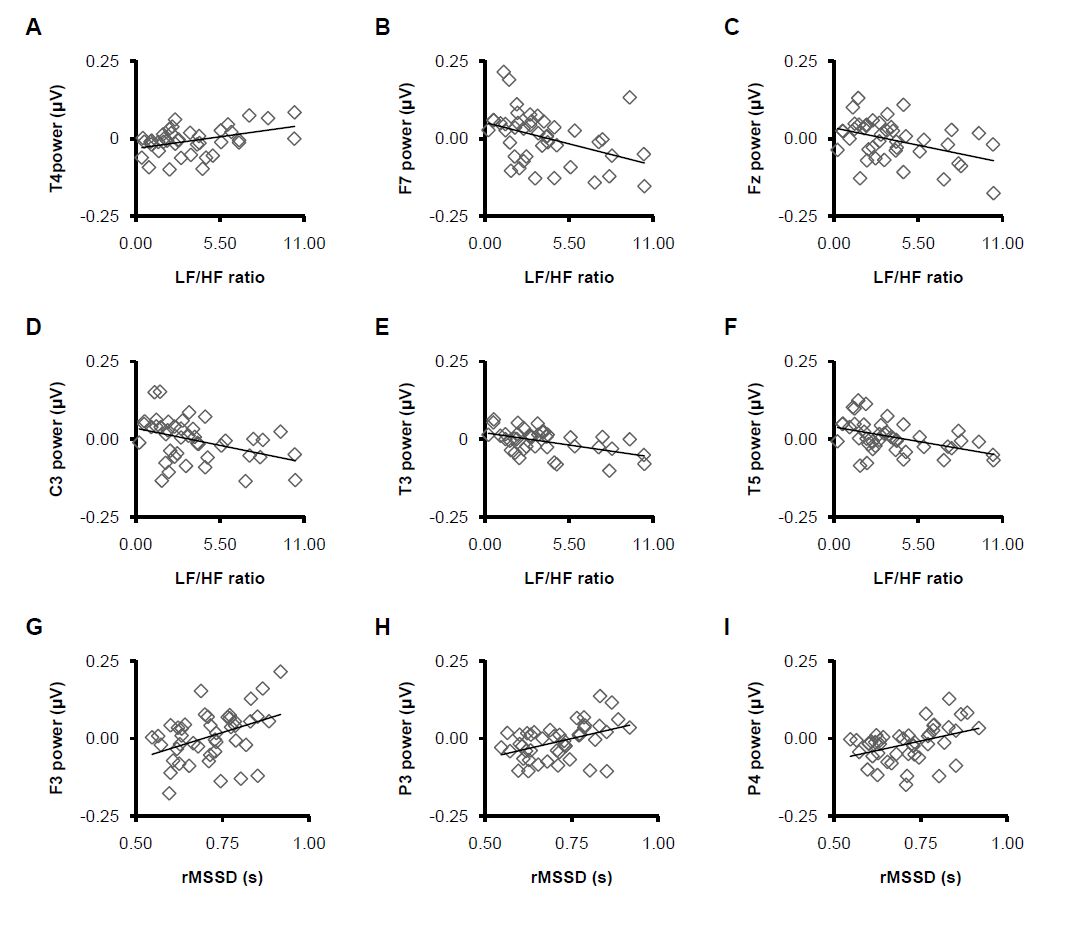


 DownLoad:
DownLoad: